Backcountry skis let you escape the busy ski resorts and venture into untouched snow. They’re built for uphill climbs and unpredictable terrain, unlike regular skis that are designed for groomed slopes. Key differences include:
- Weight: Backcountry skis are lighter for easier climbs, often using materials like carbon fiber. Regular skis are heavier, focusing on downhill stability.
- Width: Backcountry skis are wider (70–100 mm tips) for better float in deep snow, while regular skis are narrower and optimized for packed trails.
- Bindings: Backcountry bindings allow free heel movement for uphill travel, unlike fixed bindings on resort skis.
- Profiles: Backcountry skis combine rocker (for soft snow) and camber (for grip), making them versatile for mixed conditions.
Snowfeet’s WALKSKI, a compact 39-inch ski, stands out by being lightweight, portable, and compatible with regular winter shoes or snowboard boots - making backcountry skiing more accessible and less gear-intensive.
If you’re ready to ditch the lift lines and explore remote landscapes, backcountry skis (or even shorter options like WALKSKI) could be your ticket to adventure.
How to choose Backcountry Skis | Alpine Classroom EP04
Key Differences Between Backcountry Skis and Regular Skis
Backcountry skis are designed with a focus on uphill travel and handling diverse snow conditions, setting them apart from regular skis. These differences are evident in their construction, width, and profile.
Construction and Weight
Backcountry skis are built to be lightweight, making those long uphill climbs less grueling. Materials like lightweight wood cores, carbon fiber, and honeycomb structures are commonly used to keep the weight down. On the other hand, traditional alpine skis - like those from brands such as Atomic, Head, and Elan - often rely on heavier materials like Titanal to enhance stability on groomed runs. While great for downhill performance, this added weight can be a real challenge when ascending. A standout example of lightweight design is the Snowfeet WALKSKI, which manages to keep its weight low with an ultralight 39-inch (100 cm) profile while still offering solid control.
Width and Terrain Performance
The width of a ski plays a big role in how it handles different snow conditions. Backcountry skis typically have a wider tip, ranging from 70–100 mm, which helps distribute weight and improves flotation in deep, untouched snow. In comparison, classic track skis have narrower tips (about 40–55 mm), and all-mountain resort skis usually fall in the 85–105 mm waist width range. Resort skis are designed for predictable, groomed conditions, but backcountry skis are built to tackle a mix of fresh powder, crusty snow, and icy patches. The Snowfeet WALKSKI takes this versatility up a notch with its compact, maneuverable design, making it a great choice for unpredictable backcountry terrain.
Camber and Rocker Profiles
The profile of a ski - its camber and rocker - plays a huge role in how it performs. Camber creates a slight arch underfoot, which boosts energy transfer, edge grip, and stability. Rocker, on the other hand, raises the tip and tail, making it easier to float in soft snow and initiate turns. Many backcountry skis combine these features, using tip and tail rocker with camber underfoot to handle both firm snow and deep powder with ease. The Snowfeet WALKSKI incorporates this hybrid design, striking a balance between responsiveness and adaptability across varied conditions.
Benefits of Backcountry Skis
Backcountry skis are a game-changer when it comes to skiing off the beaten path. If you're ready to leave behind the groomed trails and crowded lift lines, these skis open up a whole new world of adventure.
Performance Across Different Terrains
One of the standout features of backcountry skis is how well they handle the unpredictable snow conditions you’ll find in the wilderness. Their wider profiles provide excellent flotation in deep powder, while the rocker design helps you glide over crusty or uneven snow with ease. Plus, durable metal edges give you the grip and control you need on icy or hard-packed terrain.
Take the Snowfeet WALKSKI, for example. Its compact 39-inch design makes it especially nimble in tight spots like dense trees or steep slopes, where longer skis from brands like Rossignol or Head might feel clunky. Backcountry skis also come with aggressive grip zones, which help you tackle changing snow conditions smoothly. This versatility means you’re better equipped for both uphill climbs and tricky descents.
Better Mobility
The ability to handle varied terrain translates directly into easier uphill travel. Backcountry skis are designed to make climbing remote slopes much less of a workout. Their lightweight construction is a big plus, especially compared to heavier resort skis from brands like Atomic or Elan, which focus more on downhill stability.
Bindings play a huge role here, too. Touring bindings let your heel move freely when you’re skinning uphill, mimicking a natural walking stride. This feature reduces fatigue and helps you cover more ground without feeling drained. The Snowfeet WALKSKI takes this convenience further by working with regular winter shoes or snowboard boots, so you don’t need to splurge on specialized touring boots.
Another bonus? The shorter length of backcountry skis makes them much easier to maneuver. Whether you’re weaving through trees or making quick turns on unpredictable terrain, the compact design gives you an edge over the longer skis typically used in resorts. Snowfeet’s lightweight and versatile setup is a great example of this.
Access to Fresh Snow
One of the biggest perks of backcountry skis is the freedom to explore untouched snow. While resort skiers battle for fresh tracks on the same runs, backcountry skiers can enjoy pristine powder long after a storm. It’s your ticket to peace, quiet, and stunning snowy landscapes.
The Snowfeet WALKSKI makes this kind of adventure more accessible. Unlike traditional backcountry setups that require a hefty investment in specialized gear, the WALKSKI system is portable, easy to use, and works with gear you probably already own.
With backcountry skis, you’re in control. You pick the route, the pace, and the experience - no lift lines, no crowds, just you and the mountain. Innovations like the Snowfeet system make this kind of freedom even more achievable, letting you create your own adventure on your terms.
sbb-itb-17ade95
Why Snowfeet* Backcountry Touring Skis Are Better

When it comes to backcountry skiing, Snowfeet* is shaking things up with a fresh take on design and usability. Unlike traditional brands like Rossignol, Atomic, and Head, which stick to the old formula of long and heavy skis, Snowfeet* introduces a smarter, more accessible way to enjoy backcountry adventures. Let’s break down what makes these skis stand out.
Lightweight and Portable Design
The standout feature of Snowfeet* backcountry skis? Their incredibly lightweight and compact design. Measuring just 39 inches long, they’re a fraction of the size and weight of traditional touring skis. That difference isn’t just about numbers - it’s about making your adventures easier and more fun.
"For use on firm snow in the backcountry, they'd represent just about the lightest possible option and may even work for backpacking. No dedicated ski boots and no long skis hanging off the back of the pack during technical ascents."
- Coonobi, Skier
Thanks to their small size, you can actually fit these skis into a backpack - something you just can’t do with the bulkier options from brands like Elan or Head. This opens up a ton of possibilities for multi-sport adventures. Imagine hiking to a remote peak with your skis neatly packed away, then pulling them out for a smooth, hassle-free descent. For mountaineers tackling steep and technical terrain, the lightweight design means more freedom and agility - something traditional alpine touring skis just can’t match.
Works with Winter Shoes and Snowboard Boots
Another game-changing feature? Snowfeet* skis work with the gear you already have. No need to splurge on specialized ski boots - they’re compatible with snowboard boots and even winter hiking shoes. This flexibility not only saves you money but also makes your adventures more comfortable. Snowboard boots give you better walking comfort on the slopes, while winter boots are perfect for exploring backcountry trails. With Snowfeet*, you can ditch the stiff, clunky ski boots and enjoy a more practical and comfortable setup.
A New Take on Backcountry Skiing
Snowfeet* isn’t just about lighter gear - it’s about rethinking what backcountry skiing can be. While traditional brands cling to the idea that "longer skis are better", Snowfeet* proves that shorter skis bring a whole new level of agility and fun to the sport.
The ski industry has long focused on downhill performance, often at the expense of versatility. Snowfeet* takes a different approach, designing equipment that shines in every part of the journey - from the climb up to the ride down.
"They function more as versatile adventure tools than as traditional skis."
- cantunamunch, Skier
This philosophy makes Snowfeet* a perfect fit for outdoor enthusiasts looking for something practical, nimble, and easy to learn. With their shorter length and user-friendly design, they’re opening up backcountry skiing to a whole new crowd, making it more fun and accessible than ever before.
How to Choose the Right Backcountry Skis
Picking the right backcountry skis can feel like a daunting task with so many options out there. But don’t worry - breaking it down into a few key factors can make the decision much easier. Let’s dive into what you need to think about to find skis that match your adventures.
Consider Terrain and Conditions
First, think about where and how you’ll be skiing. The type of terrain and snow conditions you’ll encounter play a big role in determining the best skis for you. Most backcountry skis feature a hybrid profile - camber underfoot combined with tip and tail rocker. This design strikes a balance between grip for uphill climbs and floatation in powder.
Ask yourself: Are you planning to cover long distances or tackle steep, technical lines? If you’ll be skiing in deep or variable snow, look for skis with a moderate waist width (around 90–100 mm). This size offers a good mix of stability and versatility. Touring skis also use lightweight materials like carbon fiber and wood, which help save energy on climbs. However, lighter skis can sometimes feel less stable in tricky conditions. Finding the right balance between weight and stability is key for an enjoyable experience.
Weight and Length
Weight matters - a lot. Every 100 grams added to your skis can cost you about 1% in VO₂ efficiency, meaning heavier skis make you work harder on the way up. Lightweight skis are a game-changer for conserving energy, especially on long tours.
Length is another factor to consider. Longer skis provide more stability at high speeds and in challenging terrain, but they can be harder to maneuver. Shorter skis, on the other hand, are easier to handle in tight spots, like tree runs or narrow routes. Many backcountry skiers prefer skis slightly shorter than their usual resort skis, as this makes navigating technical terrain a bit easier. For example, shorter designs, like Snowfeet* skis (around 39 inches or 100 cm), are lightweight and agile, making them a solid choice for energy efficiency and quick turns.
Skill Level and Goals
Your skill level and personal goals should also guide your choice. Beginners often do better with shorter, lighter skis because they’re easier to control, while advanced skiers might lean toward longer skis for added stability at higher speeds. That said, shorter skis like Snowfeet* have proven to be a great option for reducing fatigue and improving agility, which can be especially handy on longer tours.
If possible, try out a few different models before committing. Testing skis on the terrain you plan to explore can give you a better sense of what works for you. Whether you’re a first-timer or a seasoned backcountry pro, finding the right skis is all about matching them to your unique needs and goals. Modern designs like Snowfeet* highlight how shorter, efficient skis can work for a variety of skill levels and adventures.
Conclusion: The Future of Backcountry Skiing with Snowfeet*
Backcountry skiing is changing fast, and the days of hauling around heavy, clunky gear might soon be behind us. While big names like Atomic, Rossignol, and Head continue to promote their bulky touring setups at steep prices, Snowfeet* is shaking things up with a fresh, lightweight approach to mountain adventures.
So, what’s really shaping the future of backcountry skiing? It’s all about gear that’s lighter, more agile, and easier to use. Enter the Snowfeet* WALKSKI Backcountry Touring Skis. At just 39 inches (99 cm) and priced at $490, these skis bring something skiers crave: the freedom to explore without feeling weighed down.
"Discover the freedom of backcountry skiing with Snowfeet Skiblades, designed for adventurous skiers who love exploring untouched trails. These short skis combine lightweight portability with excellent maneuverability, making them perfect for hiking, walking, and skiing in the backcountry. Compact, durable, and versatile, these skiblades are designed for skiers who want to explore without the hassle of heavy gear. Take them anywhere and enjoy the freedom of backcountry skiing like never before!" - Snowfeetstore.com
What makes Snowfeet* stand out isn’t just the innovative design - it’s how they’ve completely rethought backcountry skiing. Unlike Atomic’s Backland series, which sticks to traditional downhill performance, Snowfeet* skips the usual compromises. You get better maneuverability on tight trails, solid control in tricky conditions, and the best part? You can use your regular winter boots - no need for pricey, specialized footwear. That means less time fussing with gear and more time carving through untouched snow.
The future of backcountry skiing isn’t about more gear or higher costs; it’s about smart, thoughtful design. Whether you’re a newbie curious about backcountry skiing or a seasoned pro looking to ditch the heavy setups, Snowfeet* offers a practical, budget-friendly way to reach those hidden powder stashes.
Ready to rethink your backcountry game? Snowfeet* WALKSKI Backcountry Touring Skis are transforming how adventurers take on the mountains - one lightweight, effortless turn at a time.
FAQs
How do Snowfeet* WALKSKI backcountry skis stack up against traditional backcountry skis in terms of performance and ease of use?
Snowfeet* WALKSKI backcountry skis bring a whole new level of ease and practicality to backcountry adventures. Thanks to their shorter length and lightweight build, they’re a breeze to handle, even in tight spots or tricky terrain. Whether you're just starting out or have years of experience, these skis make backcountry exploration feel less like a chore and more like fun.
What really sets them apart? Unlike traditional backcountry skis, which can be bulky and require special carriers or roof racks, Snowfeet* WALKSKIs are compact enough to toss in your car or even your backpack. For beginners, they’re far less daunting, offering a simple and approachable way to venture off the beaten path. Whether you're tackling untouched snow in remote areas or just need something portable for your next adventure, these skis combine versatility and convenience to meet the unique challenges of backcountry skiing in the U.S.
How do I decide between backcountry skis and resort skis for my skiing adventures?
When deciding between backcountry skis and resort skis, it all comes down to where and how you want to hit the slopes. Backcountry skis are crafted for off-the-beaten-path adventures. They’re lightweight, making uphill climbs easier, and versatile enough to handle unpredictable snow conditions. These are the go-to choice for skiers looking to explore untouched, remote areas.
On the flip side, resort skis are built for the groomed trails at ski resorts. They’re all about stability, precision, and speed, giving you that smooth, controlled ride downhill.
It’s worth noting that backcountry skiing comes with extra gear needs, like climbing skins and avalanche safety equipment. Resort skiing? Not so much - just grab your skis, and you’re good to go. If you’re torn between the two, check out Snowfeet’s WALKSKI Backcountry Touring Skis (100 cm). They blend the nimbleness of backcountry skis with the user-friendly feel of resort skis, making them a fantastic pick for anyone craving versatility on the slopes.
Can I use my regular winter shoes or snowboard boots with Snowfeet* WALKSKI backcountry skis, and how does it affect my experience?
Yes, you can use your regular winter shoes or even snowboard boots with Snowfeet* WALKSKI backcountry skis. For the best experience, it’s a good idea to go with waterproof shoes that fit snugly around your ankles. This combo gives you way more freedom and flexibility compared to clunky, traditional ski boots.
By sticking to your own footwear, transitions become a breeze, making your backcountry adventures smoother and way more enjoyable. Unlike traditional skis from big names like Rossignol or Atomic, Snowfeet* WALKSKI backcountry skis focus on comfort and ease of use without skimping on performance. They’re perfect for anyone looking to explore off-piste terrain without the usual hassle.

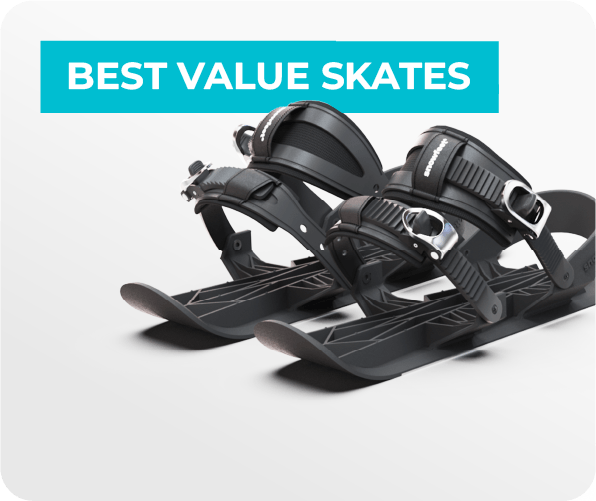



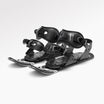
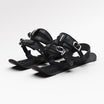
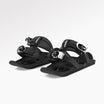
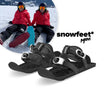

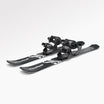

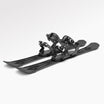
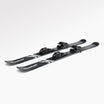






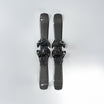
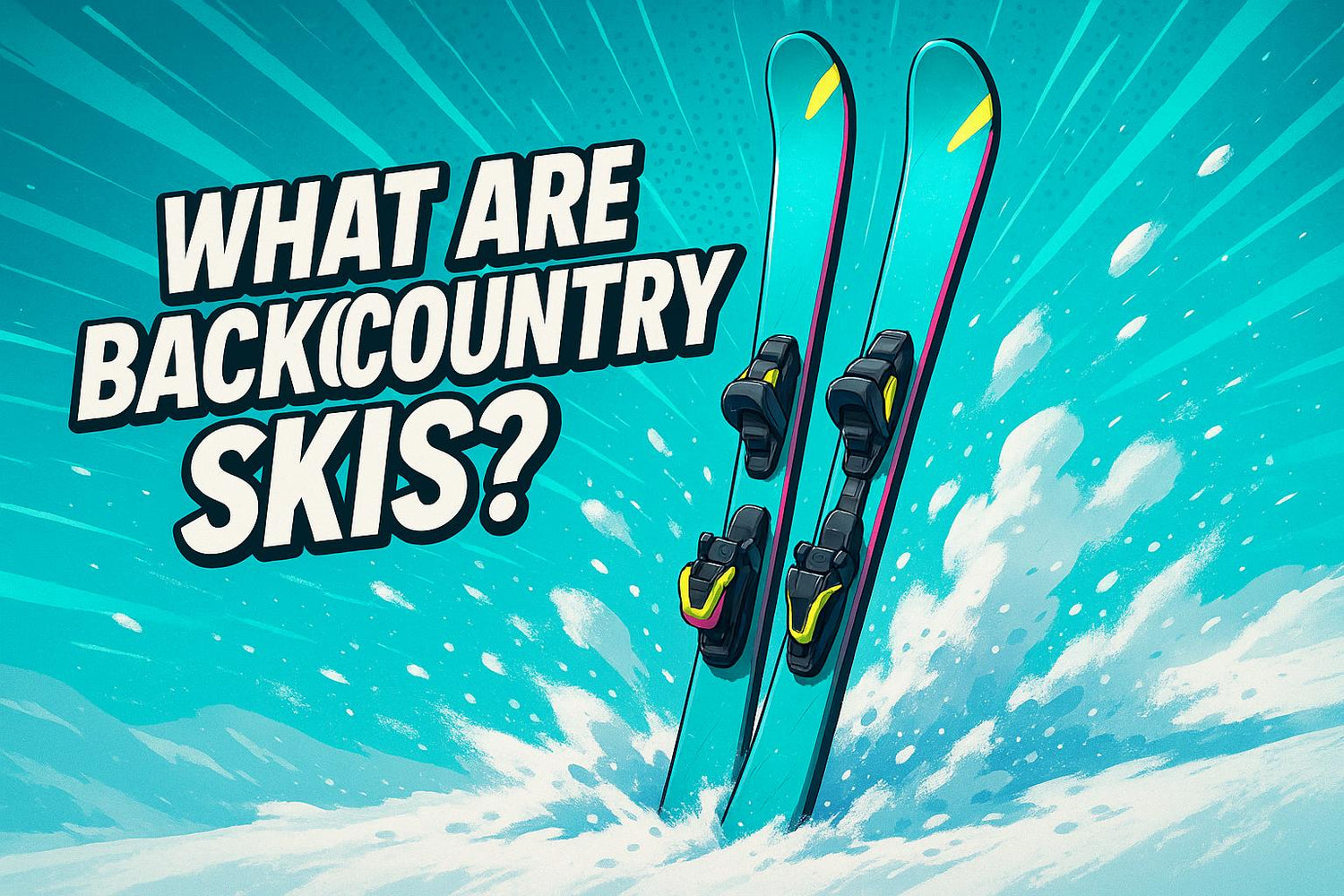
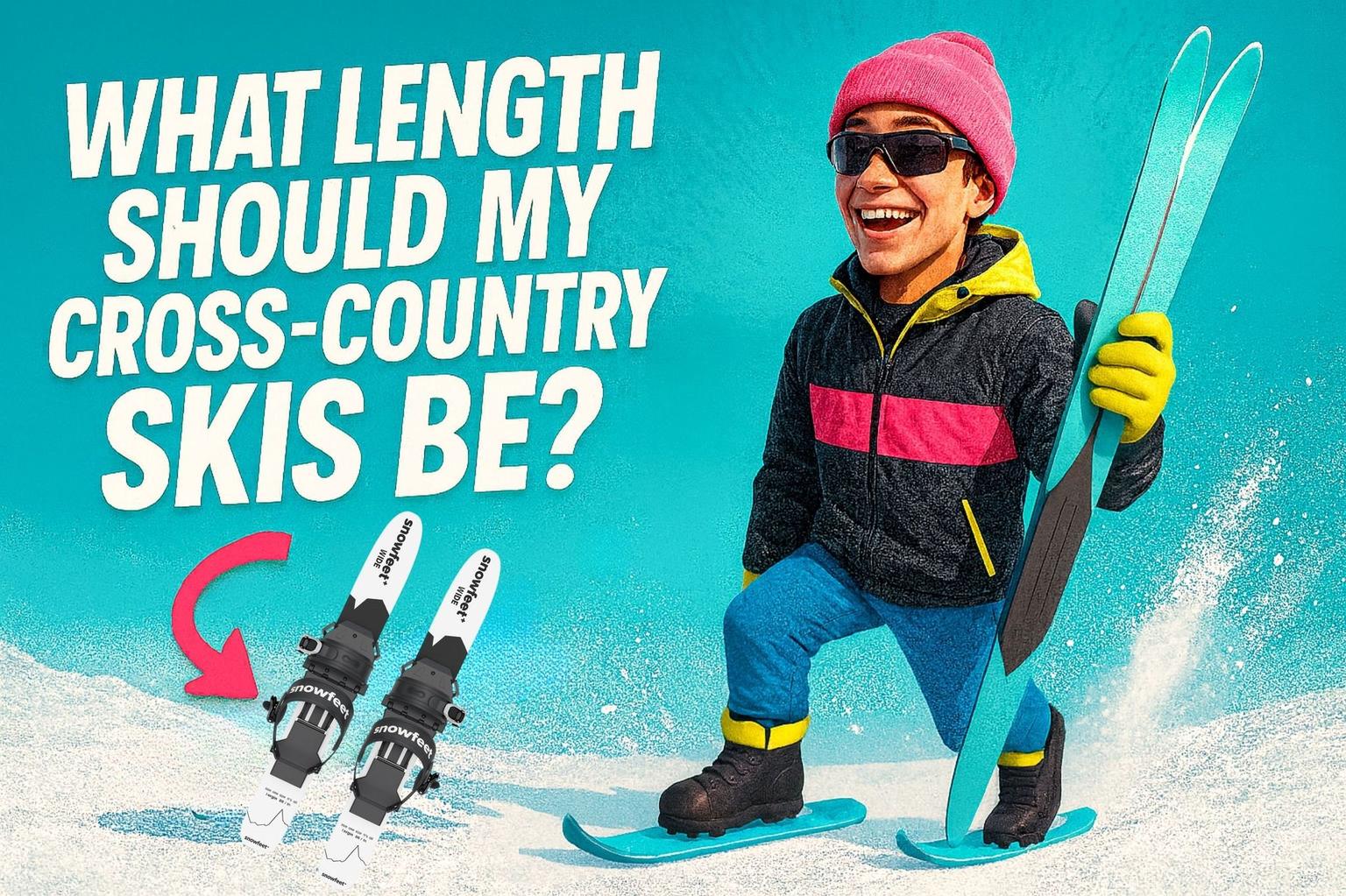
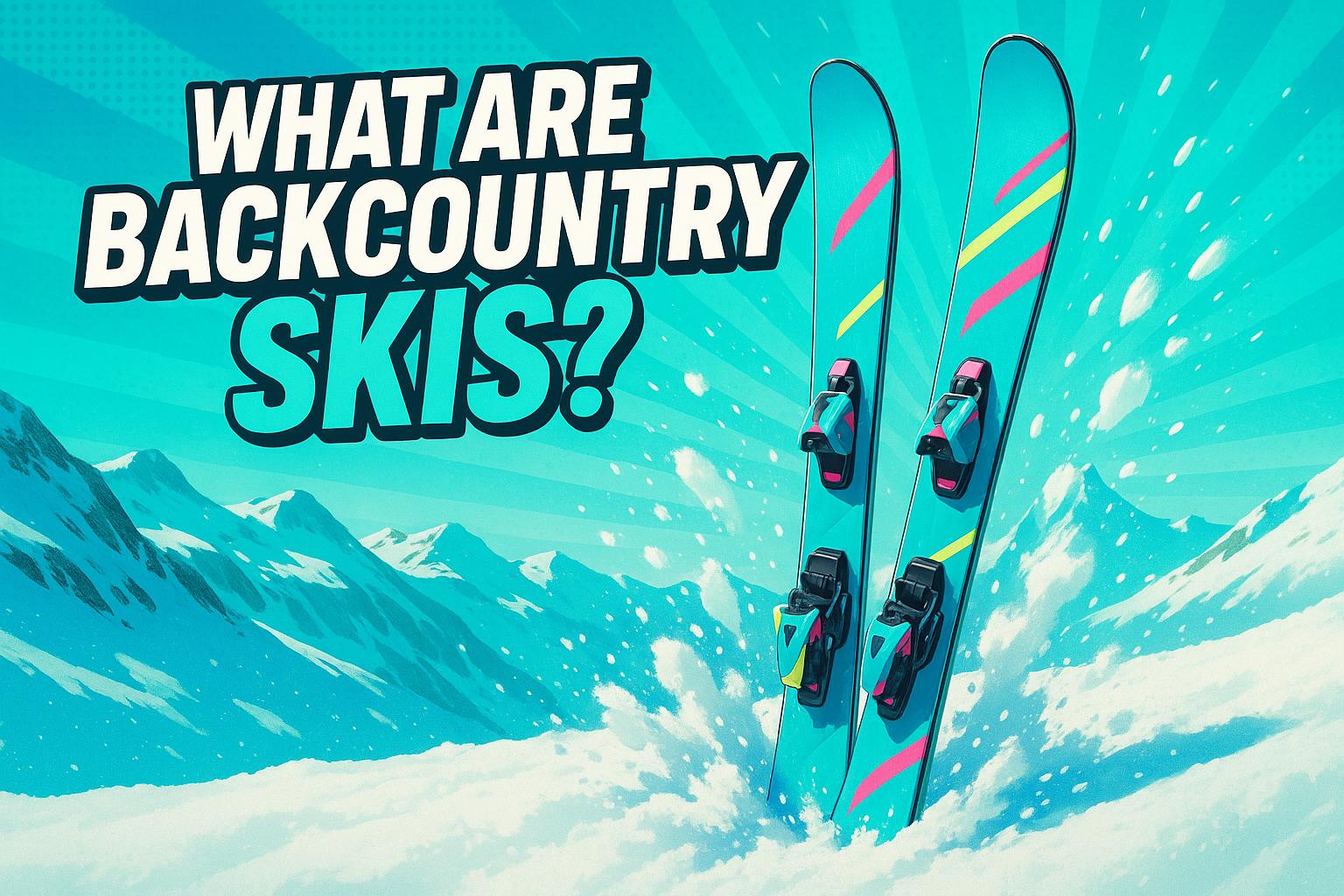
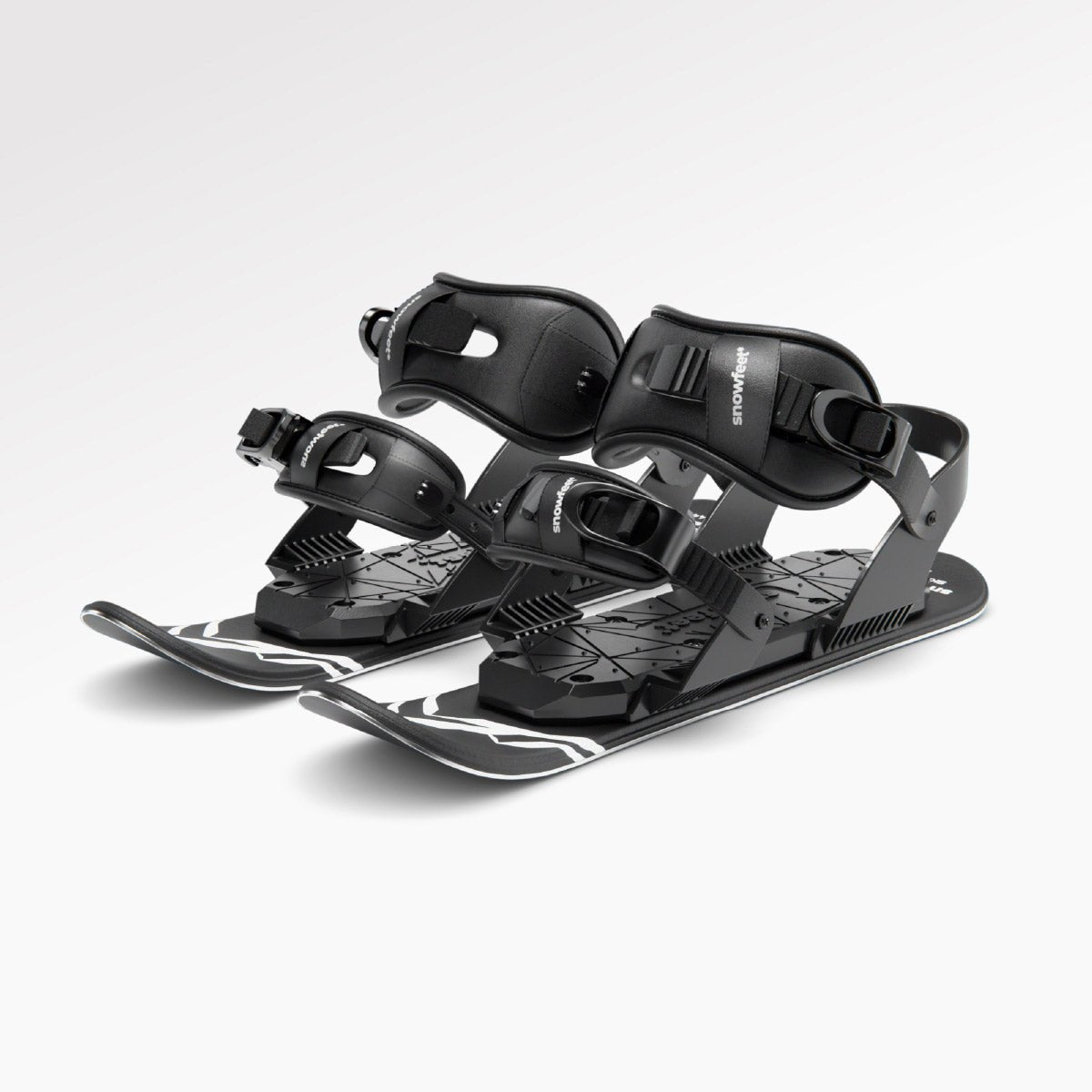
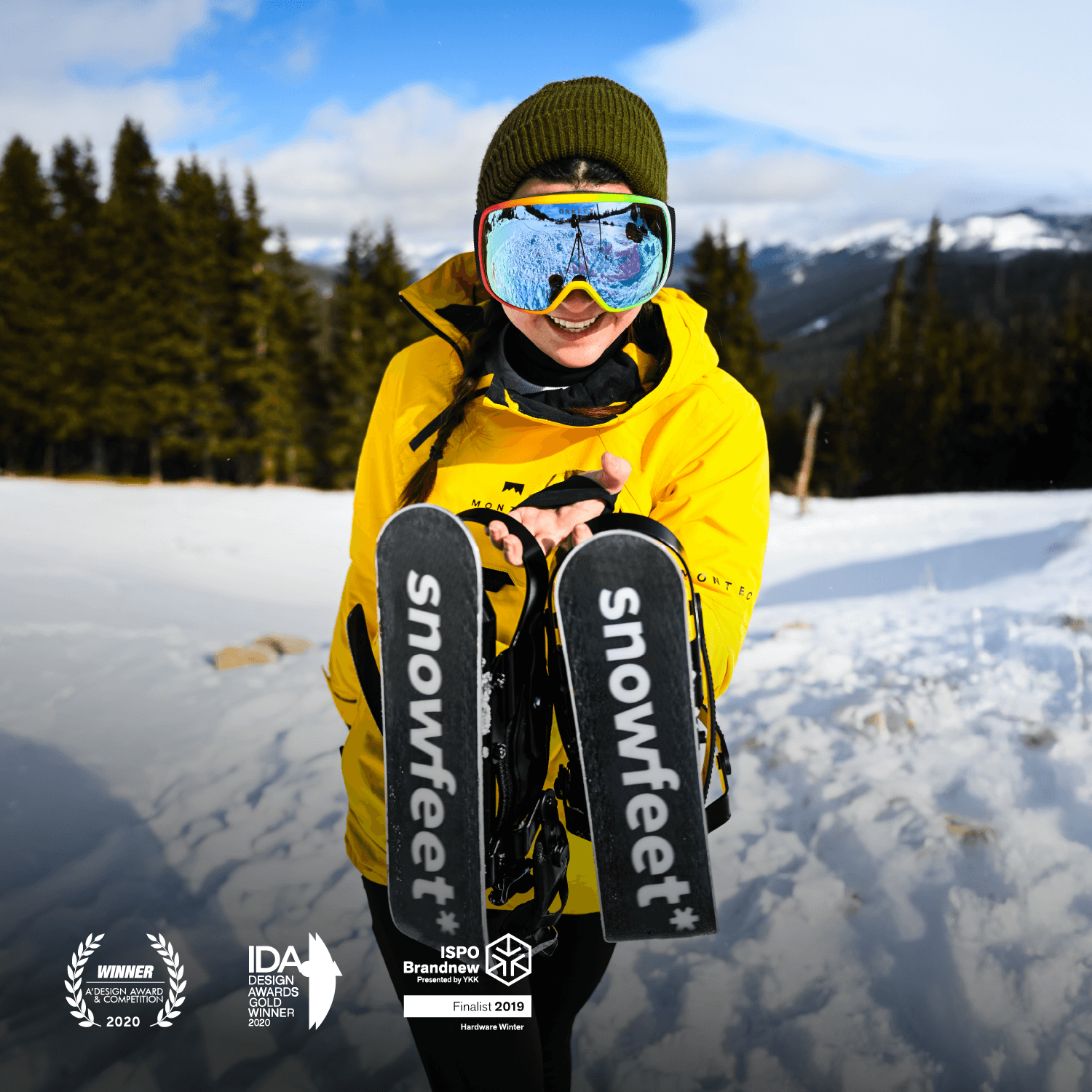
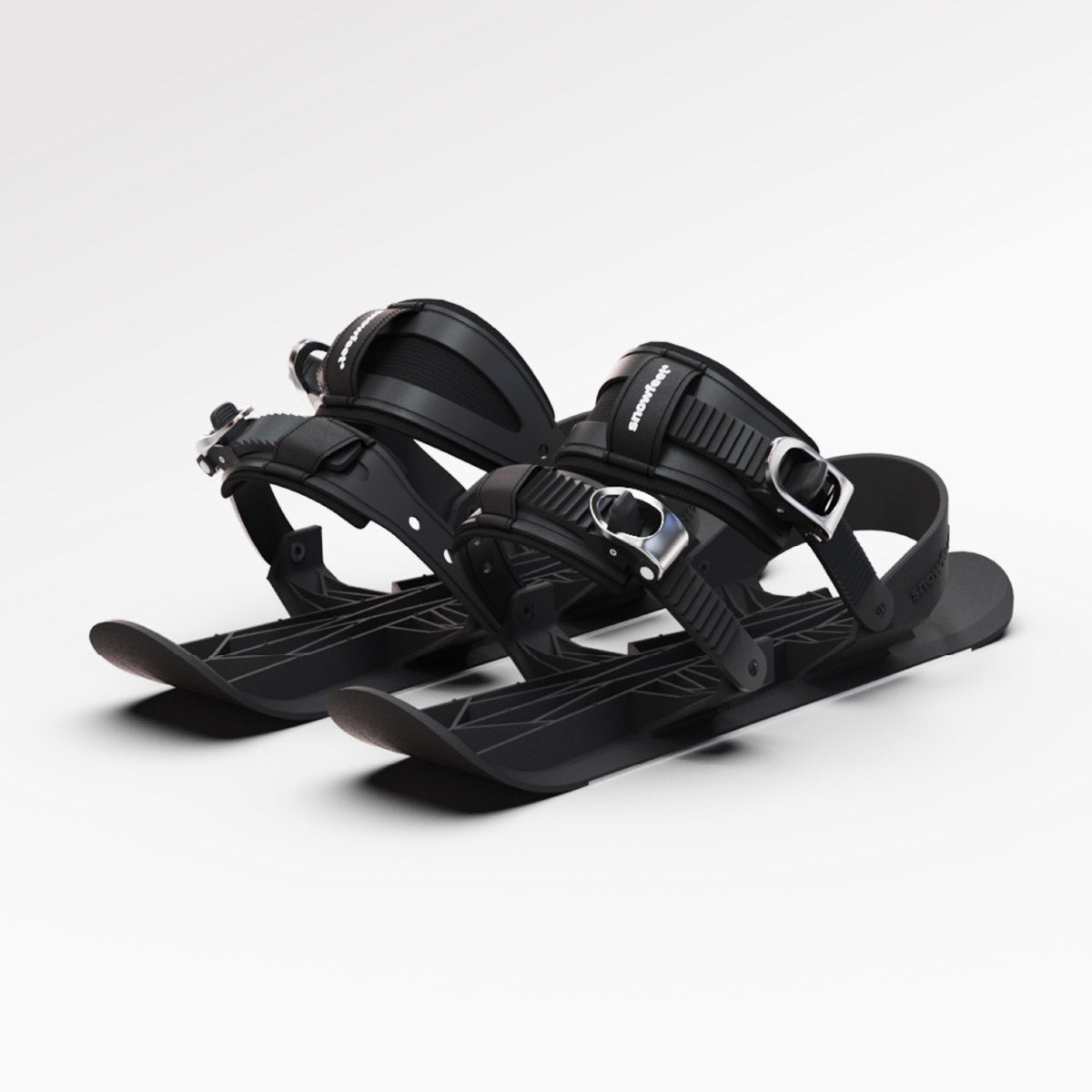

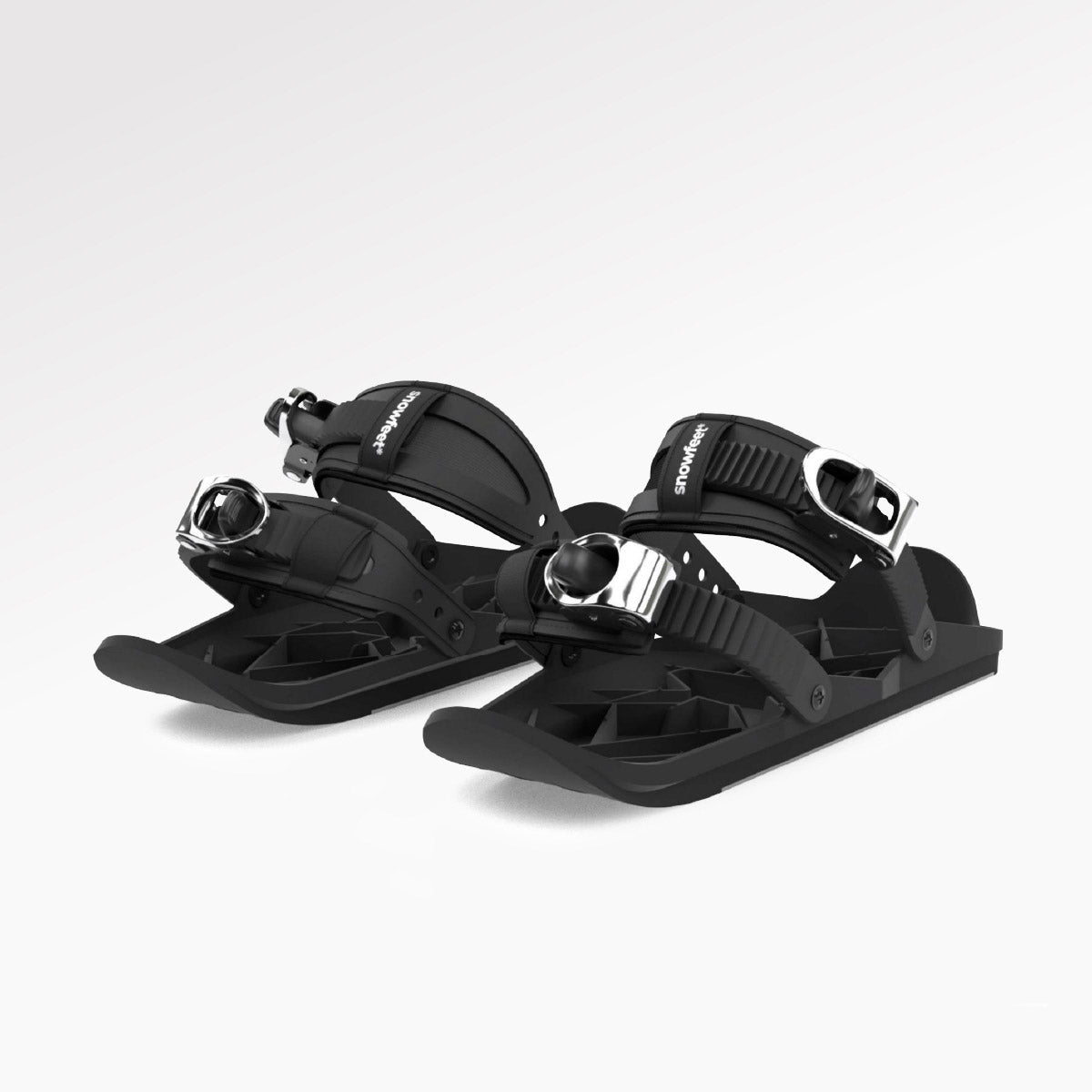
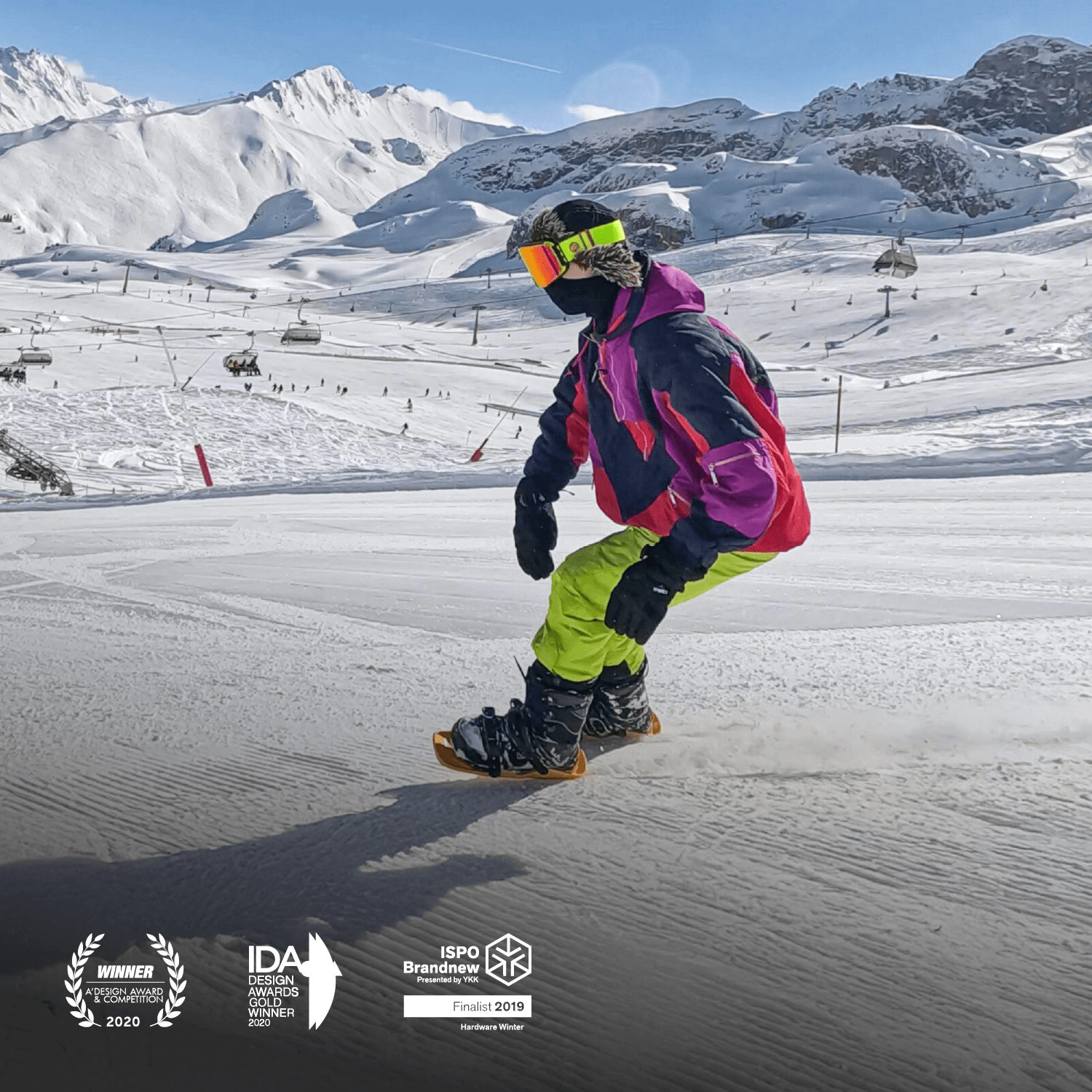


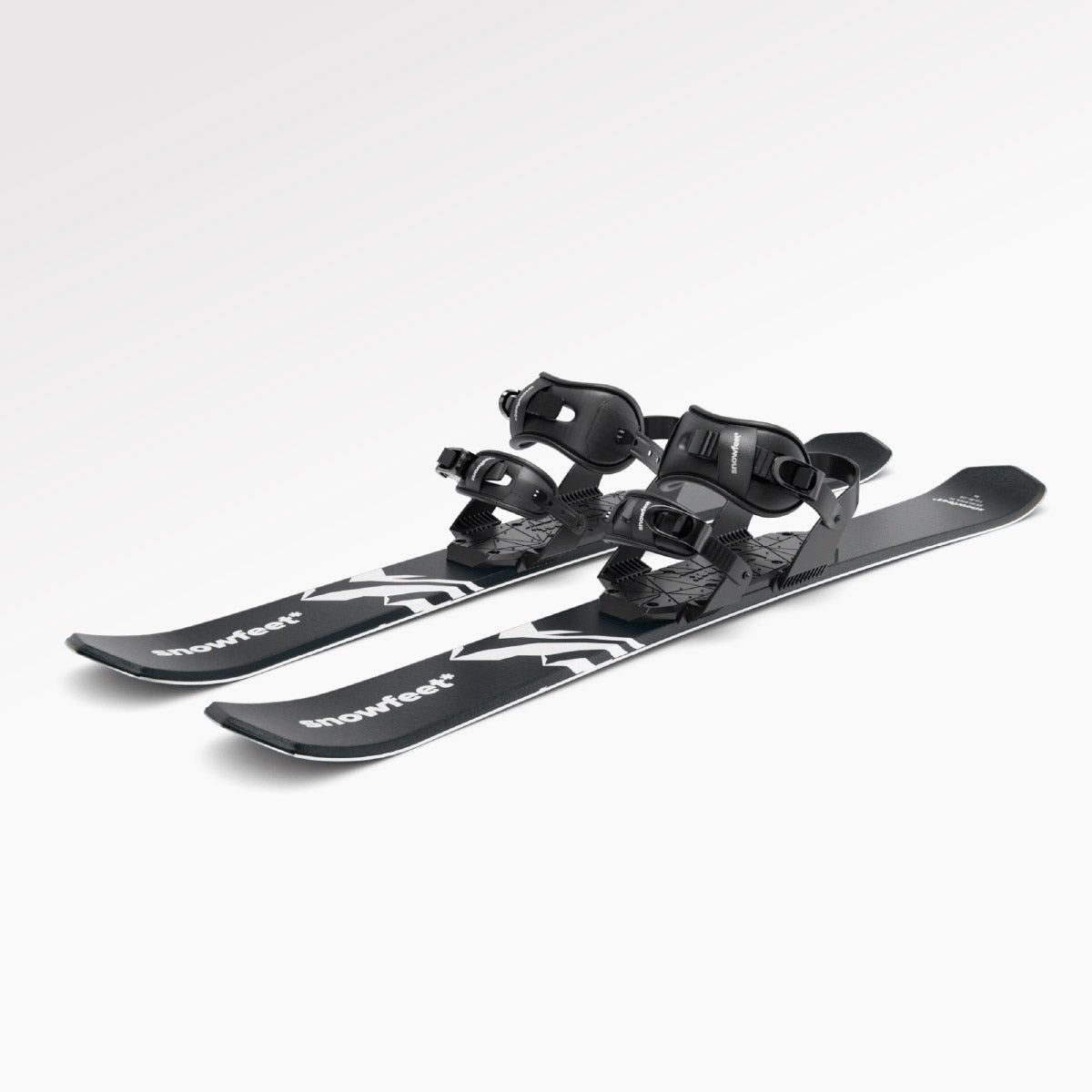
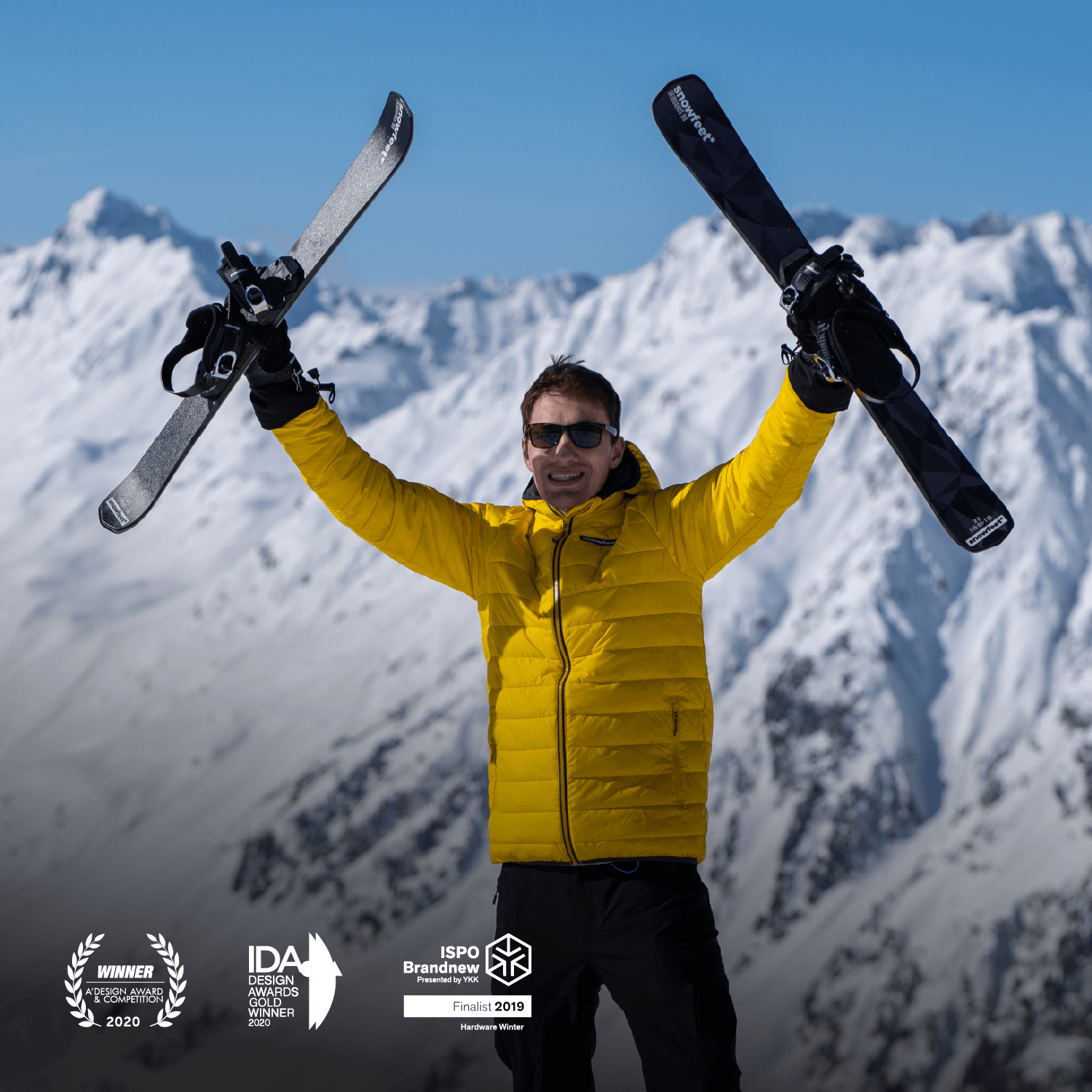
Leave a comment
This site is protected by hCaptcha and the hCaptcha Privacy Policy and Terms of Service apply.